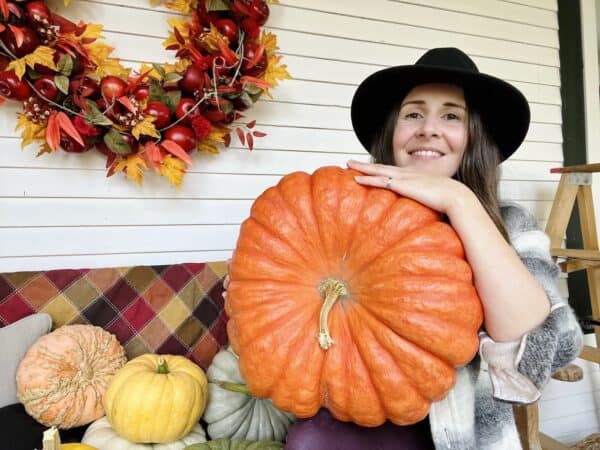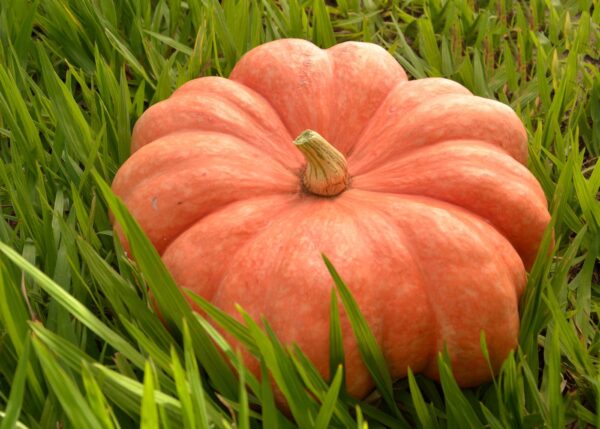Red Salad Bowl lettuce is a beautiful bronzed burgundy version of the classic green Salad Bowl lettuce. Red Salad Bowl is an oak-leaf lettuce variety with an open head. It is also warm weather tolerant and slow to bolt when temperatures rise. The flavor does not get bitter as it matures as some varieties do. This loose-leaf variety grows very quickly and is ready for harvest in roughly 28 days.
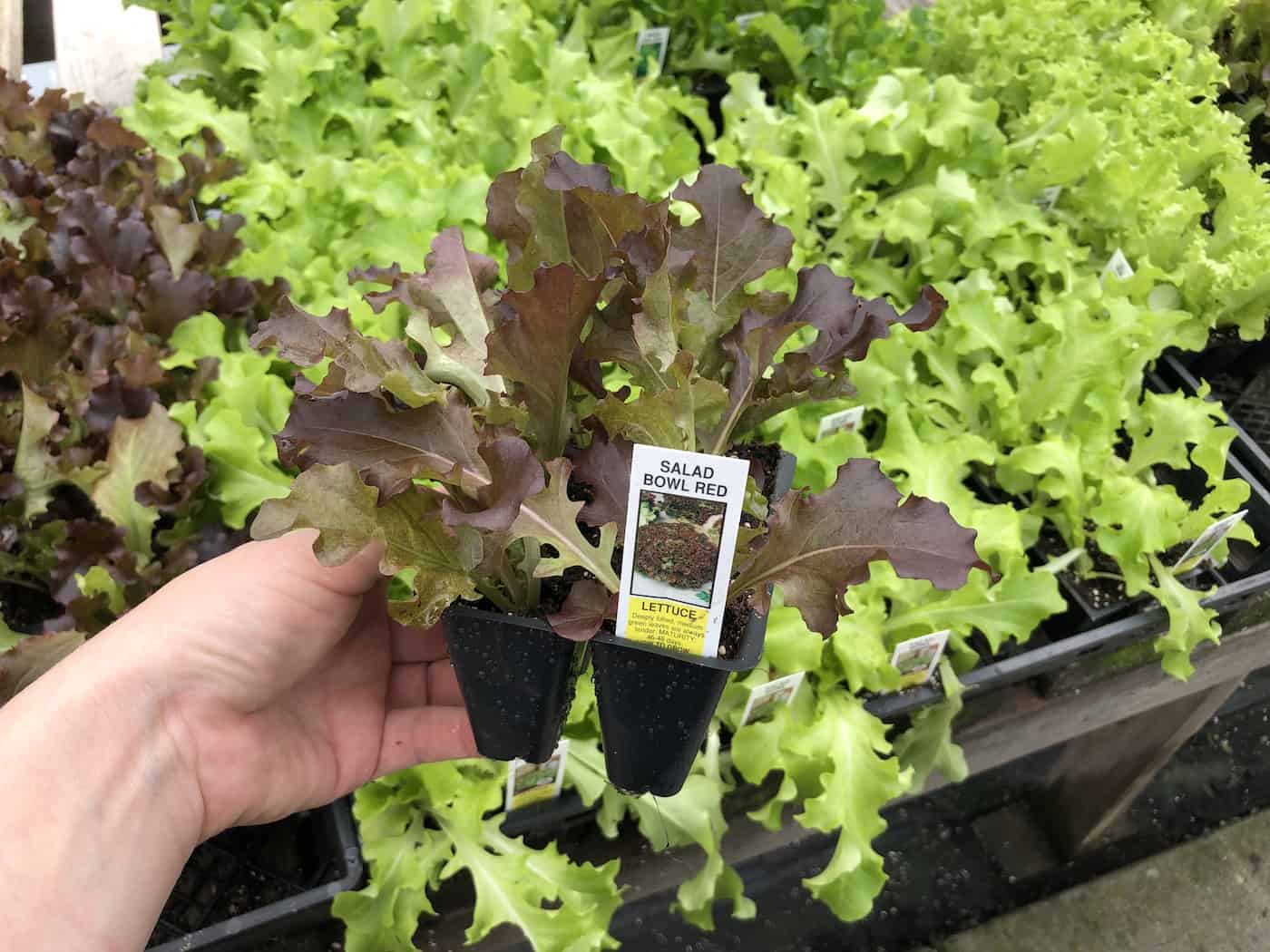
Red Salad bowl lettuce basics
Red Salad Bowl Lettuce is a newer variety of lettuce bred to complement the original Salad Bowl lettuce. The typical Salad Bowl Lettuce has green leaves, while Red Salad Bowl Lettuce is more of a burgundy color. The two varieties are commonly grown and served together for a colorful salad of oak-leaved lettuce.
Lettuce is easy to grow, and this variety is one of the easiest. Red Salad Bowl Lettuce is open-pollinated just like the classic version, making it perfect for seed saving.

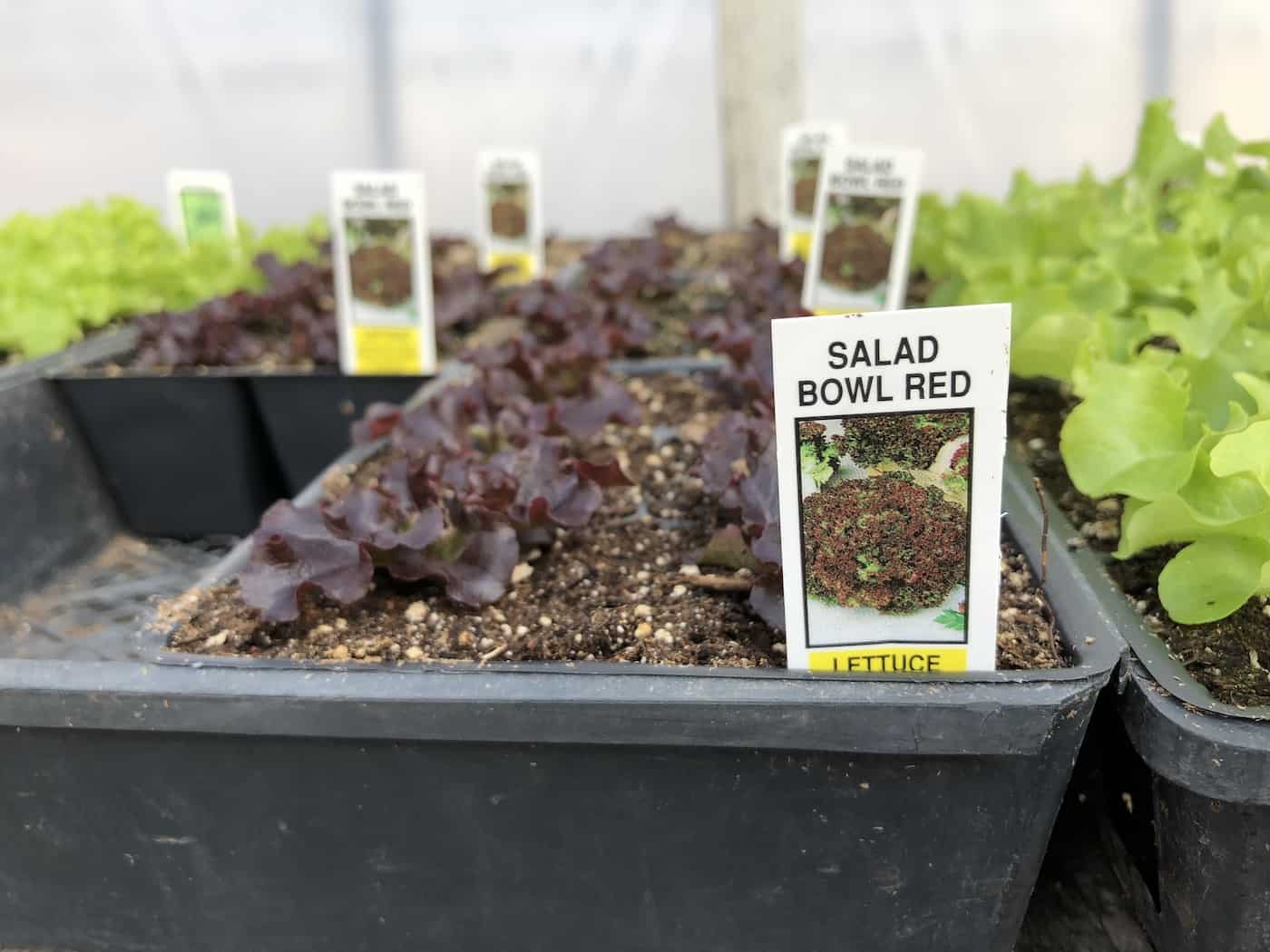
Planting Red Salad Bowl lettuce
There are many ways to plant your lettuce plants. Each has its own pros and cons. Take a look at how each works and determine which will work best for you and your garden.
Red Salad Bowl can be planted in the garden as seeds right in the soil, or transplanted as seedling baby plants. Seeding in the soil is typically best if you’re harvesting baby greens while transplanting seedlings allows for more careful spacing if you’d like to harvest whole heads at once.
Planting lettuce seeds indoors for later transplanting
When planting your seeds indoors, it is recommended to do it 3-4 weeks before they are to be transplanted outdoors. Sow one seed per cell. If you have lots of seeds, you can add more to each cell, but you may want to trim down the weaker seedlings as they grow to let the stronger ones remain.
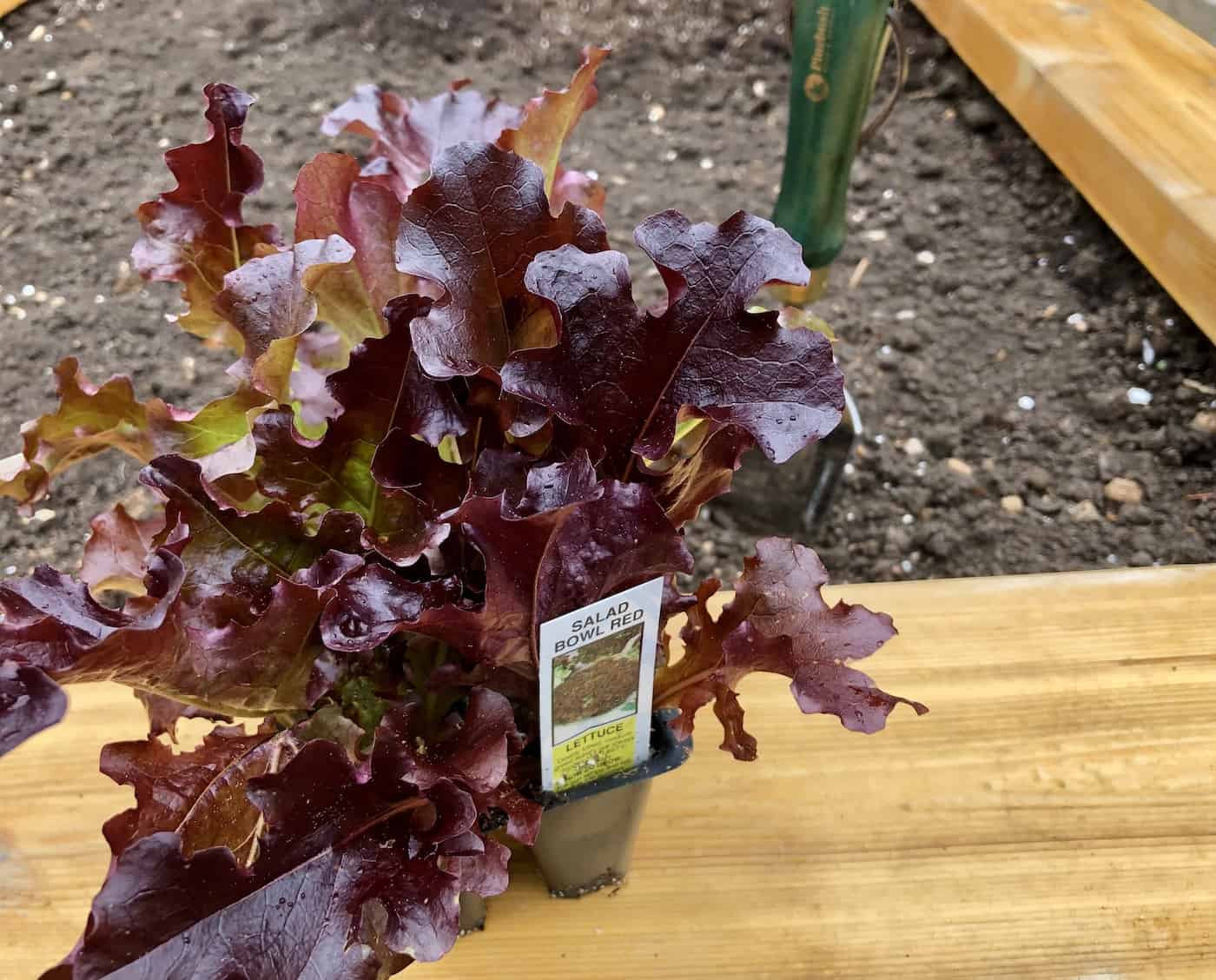
Transplanting lettuce seedlings outdoors
Transplanting lettuce seedlings outdoors is more expensive from the start because the seedlings are more costly than seeds. While it is a tad more expensive, it is an easier option because the plants have already started growing and may last better once transplanted. This is the best option for new gardeners who are starting later in springtime (although it’s great to get experience sowing seeds as well!).
Planting lettuce seeds outdoors
Planting your lettuce outdoors is the cheapest option and requires the least amount of initial startup work, but it can be labor-intensive when it comes to managing the plants and making sure weeds don’t overtake their space. It can be hard to control plant spacing as well.
To start your outdoor planting project, make sure the soil you will be working with is moist and weed-free. Rake it flat if you are able.
Spacing requires a little thought. Baby greens like to be spaced quite closely as a dense row of seeds. For fuller-leaved lettuce, plant up to 3 seeds every 8″-12″ (and thin them later to leave only the strongest seedling in each location).
The seeds should be planted at a shallow depth, no more than 1/4″ deep. They are essentially barely covered with soil and will likely germinate perfectly fine while resting on top of the soil. Keep the soil moist and cool to allow for proper lettuce seed germination. The seeds should germinate in about a week.
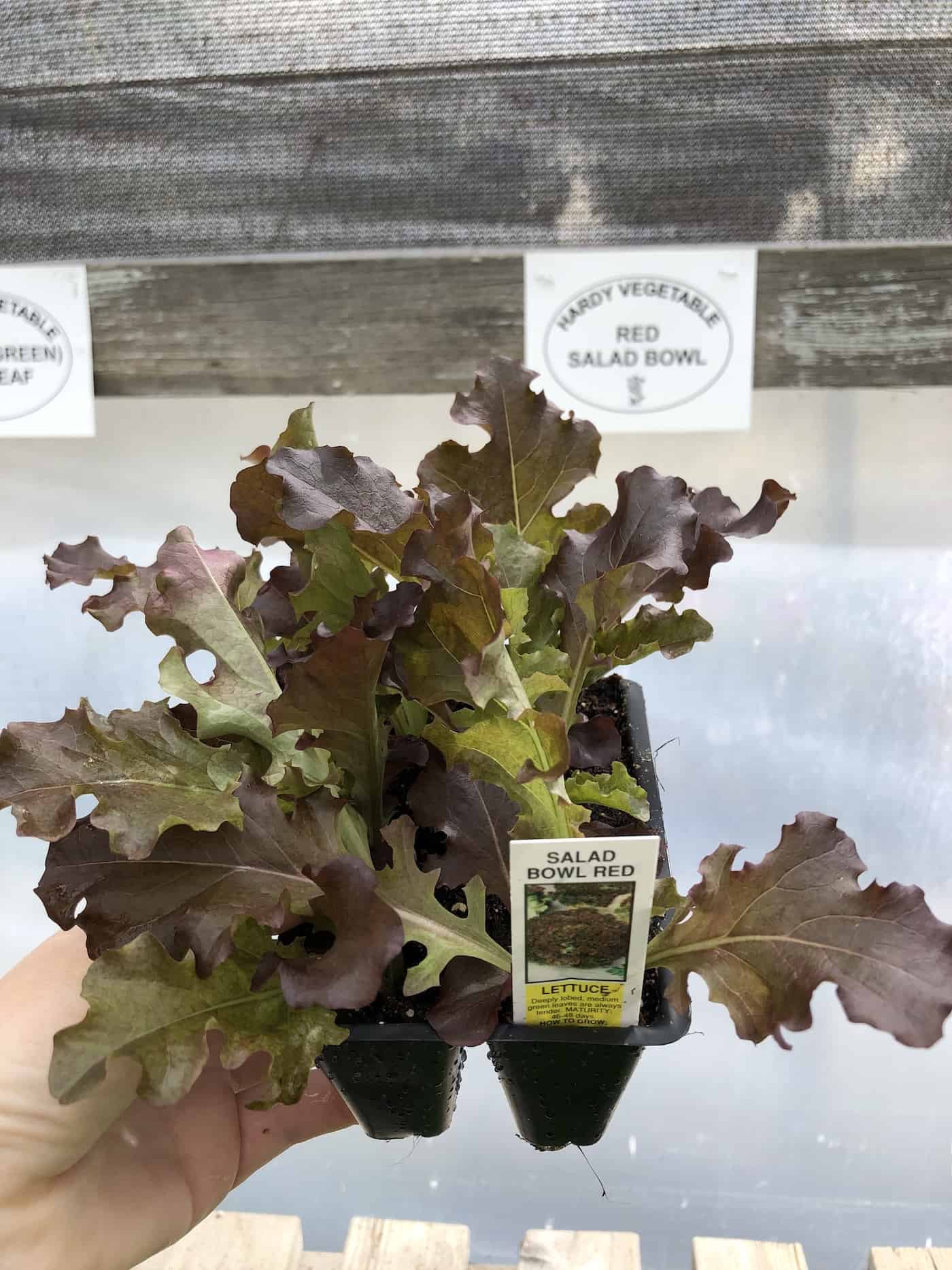
Growing Red Salad Bowl lettuce
When growing Red Salad Bowl Lettuce crops, you want to keep your soil between 40°-75°F (4°-24°C) if possible. Keep an eye on temperatures in your area and check the soil before you begin planting seeds or seedlings.
Use a gentle water breaker nozzle to water your crops, or use drip irrigation if you have that option. One of the most important factors when growing lettuce is keeping the soil moist almost all of the time while the plants are small. It promotes seed germination and healthy initial root growth.
Use an organic fertilizer if your soil needs extra nutrients, and pull out any weeds that may pop up over time.
How to harvest Red Salad Bowl lettuce
Since Red Salad Bowl Lettuce is a leaf lettuce, you will want to harvest it with very sharp gardening scissors or a gardening knife.
If you wish to harvest the whole head, use the knife to cut off the plant at the base. If you want to harvest just a few leaves, cut them about one inch above the soil. This will allow the plant to continue to grow.
Recipes for Red Salad Bowl lettuce
Red Salad Bowl Lettuce makes for a beautiful salad. Add it to any of your salads, top it with your favorite veggies, croutons, and vinaigrette, and you have a delicious salad to enjoy.
Here are a few amazing recipes you can use your lettuce with:
Bring them to a barbeque or serve them at home for a tasty lunch or dinner side.





